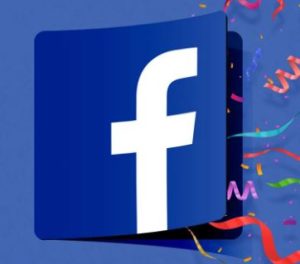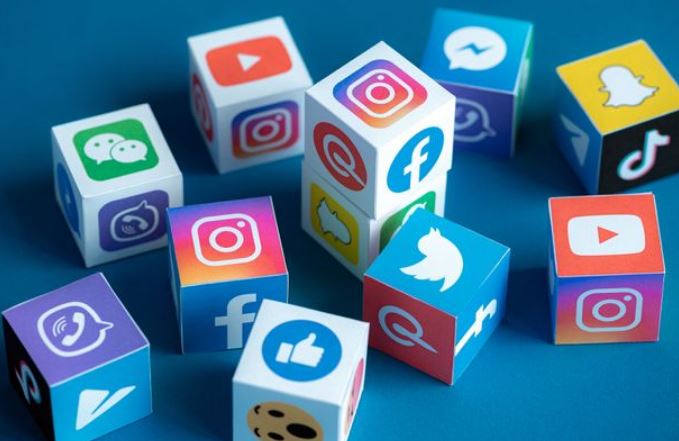Social media has undoubtedly transformed the way we communicate, connect, and consume information. While its impact has been multifaceted, there are compelling reasons to believe that the rise of social media has been a positive force in the world.
1. Amplifying Voices and Fostering Global Dialogue
Social media has provided a platform for individuals and marginalized groups to amplify their voices and share their perspectives with a wider audience. This has been particularly empowering for those who have traditionally been underrepresented in mainstream media. Social media has also facilitated global dialogue, breaking down geographical and cultural barriers to foster understanding and collaboration.
2. Enabling Mobilization and Social Change
Social media has played a pivotal role in mobilizing individuals and groups to advocate for social change. From the Arab Spring uprisings to the Black Lives Matter movement, social media has provided a powerful tool for organizing, raising awareness, and galvanizing action.
3. Promoting Education and Knowledge Sharing
Social media has democratized access to information and education. Educational resources, expert insights, and diverse perspectives are now readily available to anyone with an internet connection. This has facilitated lifelong learning and empowered individuals to pursue their intellectual interests.
4. Fostering Connections and Building Communities
Social media has enabled people to connect with others who share their interests, values, and experiences, regardless of geographical location. These virtual communities have provided individuals with a sense of belonging, support, and camaraderie.
5. Enhancing Business and Entrepreneurial Opportunities
Social media has revolutionized the way businesses operate, providing them with direct access to customers, enabling targeted marketing strategies, and facilitating brand building. For entrepreneurs, social media has leveled the playing field, providing a platform to reach a global audience and showcase their products or services.
6. Empowering Civic Engagement and Participation
Social media has enhanced civic engagement by providing citizens with a platform to voice their concerns, engage with elected officials, and participate in democratic processes. This has increased transparency and accountability in governance.
7. Promoting Creativity and Innovation
Social media has fostered a vibrant creative landscape, providing a platform for artists, musicians, and content creators to share their work with a global audience. This has led to the emergence of new art forms, cultural trends, and innovative ideas.
While social media has also presented challenges, such as the spread of misinformation and the potential for echo chambers, its overall impact has been positive. Social media has empowered individuals, facilitated communication, and fostered global connections, making it a powerful force for good in the world.
The most popular social media platforms in the world are:
- Facebook (3 billion monthly active users)

- YouTube (2.5 billion monthly active users)
3. WhatsApp (2 billion monthly active users). WhatsApp is a free messaging and voice-over-IP service owned by Meta Platforms, Inc. It allows users to send text messages and voice messages, make voice and video calls, and share images, documents, user locations, and other content. It has over 2 billion monthly active users worldwide.
6. TikTok (1.2 billion monthly active users)
TikTok is a video-sharing social networking service owned by Chinese company ByteDance. It was launched in China as Douyin in September 2016, and internationally as TikTok in August 2017. The app is used to create short dance, lip-sync, comedy, and talent videos.
7. Telegram (700 million monthly active users)
8. Snapchat (557 million monthly active users)
9. Kuaishou (626 million monthly active users)









